Blue macaws are fascinating creatures known for their striking colors and captivating presence. As members of the parrot family, these birds have sparked the curiosity of many, leading us to wonder just how rare these beautiful creatures are. In this article, we will explore the rarity of blue macaws, the factors contributing to their population size, and the steps to ensure their survival.
There are various species of blue macaws, but the most well-known and rarest of them is the Spix’s macaw. Unfortunately, their numbers have dwindled drastically over the years, and they are now considered extinct in the wild. Habitat destruction, limited range, and the pet trade contributed to the decline of the Spix’s macaw population. Conversely, the Hyacinth macaw, another species of blue macaw, is considered vulnerable but not endangered. These birds faced a population drop in the 1990s but have since seen an increase in numbers.
As we dive deeper into the world of blue macaws, we’ll discuss various species’ conservation efforts and what can be done to protect these stunning avian treasures. The situation for the Spix’s macaw may be dire but hope remains for the preservation of their genetic legacy, as well as for the Hyacinth macaw and other related species.
Table of Contents
Blue Macaw Overview
Anodorhynchus Genus
Regarding the fascinating world of parrots, macaws are some of the family’s most vibrant and eye-catching members. As an Anodorhynchus genus, these splendid creatures showcase their dazzling beauty through their distinctive blue plumage. Not only are blue macaws visually stunning, but their remarkable intelligence and long lifespan — sometimes reaching up to 60 years — make them captivating animals to study, cherish, and protect.
Blue Macaw Species
Among the different species of blue macaws, two truly stand out: the Hyacinth Macaw and the Spix’s Macaw.
- Hyacinth Macaw (Anodorhynchus hyacinthinus): Known as the blue parrot, the Hyacinth Macaw is the largest of all parrots. With a stunning length of 40 inches from head to tail and a wingspan of 4 feet, these birds can weigh between 2.6 and 3.7 pounds. Their gorgeous cobalt-blue feathers and gentle personality make them highly desirable as pets, although they require dedicated care and significant financial commitment.
- Spix’s Macaw (Cyanopsitta spixii): This species, also known as the Little Blue Macaw, is notably smaller than the Hyacinth Macaw, weighing just around 300 grams (11 ounces). The Spix’s Macaw is rare and critically endangered, and extensive efforts have been made to reintroduce them into the wild in Brazil.
The Hyacinth and Spix’s Macaws inhabit Central and South American rain-forests, blending effortlessly into their surroundings thanks to their striking blue feathers.
We hope you’ve enjoyed this brief introduction to the world of blue macaws. Remember to appreciate these incredible creatures and continue learning about their unique characteristics and needs. Their vibrant existence enriches our planet, so let’s work together to preserve their habitats and ensure their survival.
Habitats and Distribution
In this section, we will discuss the habitats and distribution of the blue macaw, explicitly focusing on South America and Brazil.
South America
The blue macaw is native to South America and predominantly found in tropical regions with large seeds, like various species of palm trees. Their habitats include many environments, such as forests, rainforests, woodlands, or even savannah-like terrains. These birds prefer areas with low humidity or seasonal humidity.
Their distribution in South America extends across several countries, including Bolivia, Colombia, and Central America. Notably, species like the blue-throated macaw (Ara glaucogularis) and the great green macaw (Ara ambiguus) are at significant risk of extinction.
Brazil
In Brazil, the most famous type of blue macaw is the hyacinth macaw (Anodorhynchus hyacinthinus), primarily found in the Amazon Basin. However, the Spix’s macaw (Cyanopsitta spixii), also native to Brazil, is classified as extinct in the wild, with only a few members remaining in captivity.
Habitat loss due to deforestation, habitat destruction, and climate change all contribute to the decline in the population of blue macaws throughout Brazil and South America. The IUCN lists the hyacinth macaw as vulnerable, while other species, like Lear’s macaw (Anodorhynchus leari), are classified as endangered.
Factors affecting the blue macaw populations:
- Habitat loss and deforestation
- Climate change
- Illegal pet trade
- Fragmented distribution and limited range
It’s essential to raise awareness about these beautiful creatures and the threats they face to take action and protect these endangered species for future generations. With a collective effort, we can work towards preserving the natural habitats of these incredible birds, allowing them to flourish in the wild once again.
Behavior and Diet
These extraordinary parrots display fascinating behaviors and unique dietary needs that set them apart from other family members.
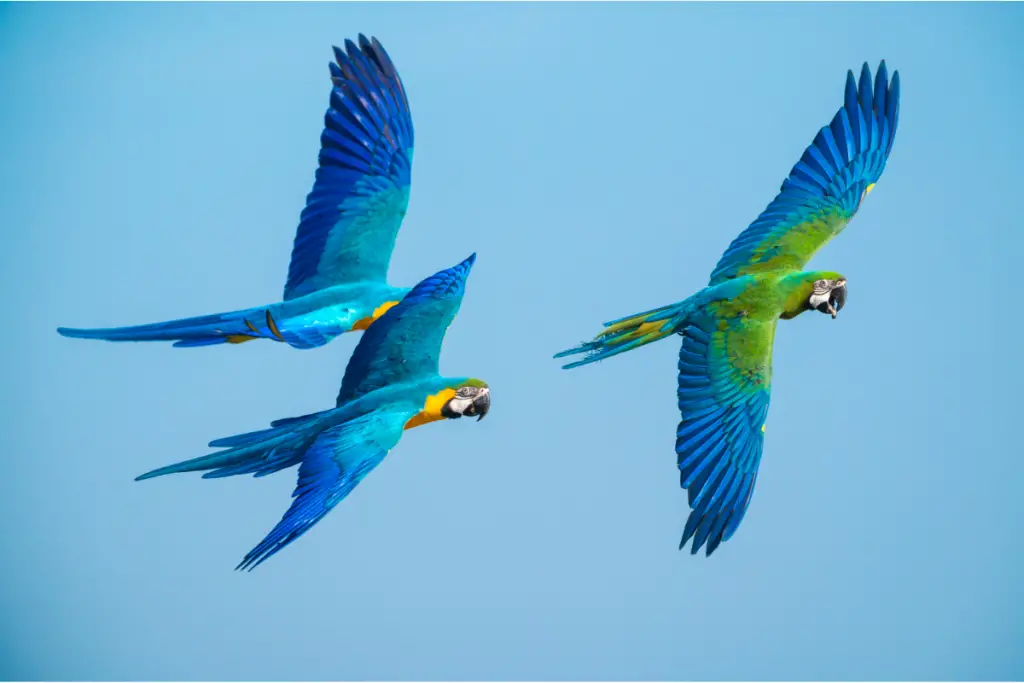
Flying and Vocalizations
Blue macaws’ flying and vocalization abilities are some of the most fascinating aspects. As large parrots with a wingspan reaching up to 4 feet, they’re able to soar through the skies skillfully. Blue macaws are also known for their social nature, often spotted flying in pairs or flocks of up to 30 birds, with their wings almost touching in unity.
In addition to their impressive flying skills, blue macaws possess remarkable vocalization abilities, known to imitate sounds and words with relative ease. However, this isn’t their only communicative behavior; these parrots engage in various other ways to interact with their companions and surroundings.
Feeding Habits
Blue macaws typically have a diverse diet when it comes to feeding habits, with food sources including:
- Nuts: Macaws naturally have a powerful beak that enables them to crack open nuts, such as macadamia nuts, without much effort. Palm nuts are essential to their diet, as they’re rich in oil and calories, providing necessary energy and nutrients.
- Fruits: These parrots enjoy a variety of fruits, including chopped apples, papaya, and grapes. Fruit offers essential vitamins, minerals, and other nutrients to keep them healthy.
- Vegetables: Like us, macaws require balanced nutrition, and vegetables play a significant role in their diet. Items like pepper, corn, squash, carrot, and sweet potato provide essential nutrients and minerals.
- Seeds: Seeds are another essential food for blue macaws, offering a rich range of nutrients to support their health and well-being.
On top of these food sources, blue macaws also consume clay from exposed riverbank clay licks as a mineral supplement, further contributing to their unique dietary habits.
While blue macaws are indeed remarkable and enchanting creatures, it’s important to note that many species, such as the Anodorhynchus genus, are critically endangered. We must strive to protect and conserve these incredible parrots to ensure their fascinating behaviors and vibrant plumage can continue gracing our planet.
Threats and Conservation Efforts
Endangered Status
As we have noticed, all four species currently referred to as blue macaws are in danger of extinction. Almost half of all parrot species are endangered, and nearly 25% of the species are critically endangered, including the Blue-throated Macaw. Their feathers’ vibrant color and pattern make them a highly targetted species in the illegal pet trade, which has devastated populations of exotic wild birds. Habitat destruction is another major threat, as South American rainforests are being cleared at alarming rates to make way for agriculture.
Conservation Programs
We’re pleased to share that various parties have made significant efforts to help conserve the blue macaw species. One of the programs includes the creation of a new Bolivian reserve that protects key nesting areas for the Critically Endangered Blue-throated Macaw. The bird’s odds of survival are increasing thanks to decades of work by passionate scientists, conservation organizations, macaw lovers, and local people. Some dangers facing the bird have diminished, and protection measures helped boost the wild population to more than 400.
Furthermore, the impact of trapping and poaching has been reduced, thanks to the U.S. Wild Bird Conservation Act of 1992 and Europe’s 2007 ban on the import of wild-caught birds. To aid conservation efforts, zoos, wildlife centers, and captive breeding programs have been established to maintain and increase the number of blue macaws.
These programs focus on:
- Rescuing and rehabilitating injured birds
- Providing education and raising awareness about the blue macaw and its endangered status
- Advancing scientific research and knowledge about the species
- Develop initiatives to protect and restore the birds’ natural habitats
By pooling our resources and working together, we can overcome the obstacles faced by these beautiful birds and preserve the blue macaw for future generations to appreciate and admire.

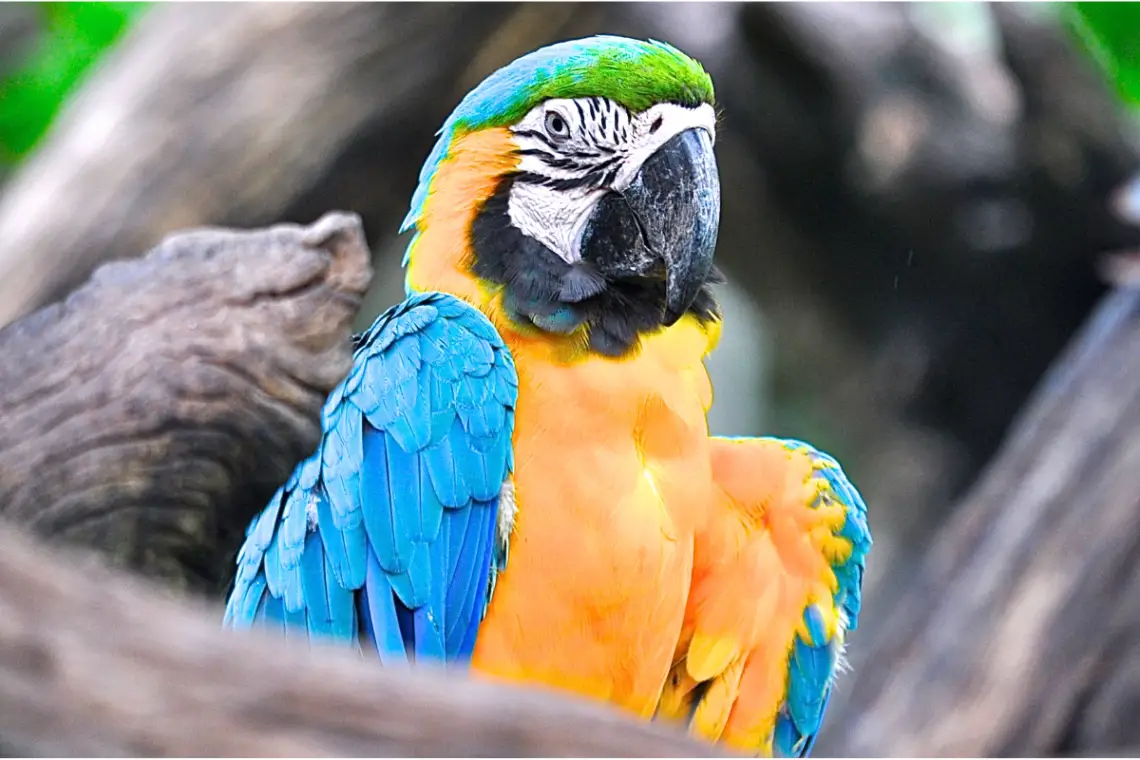
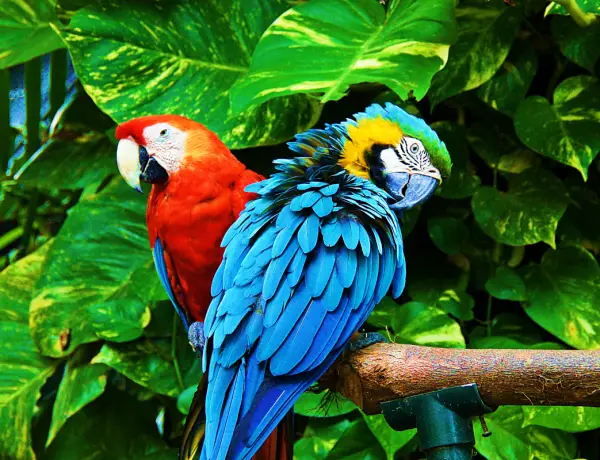
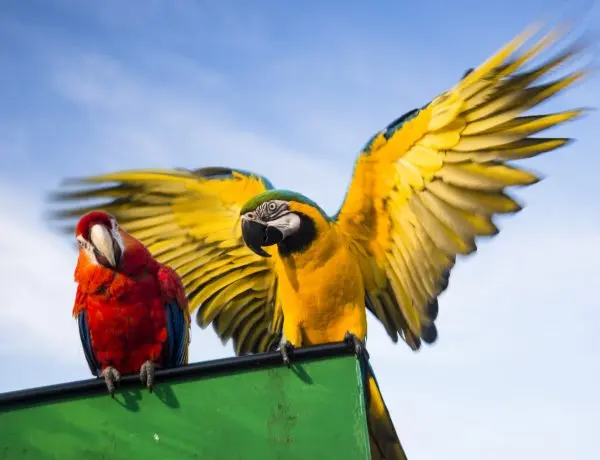
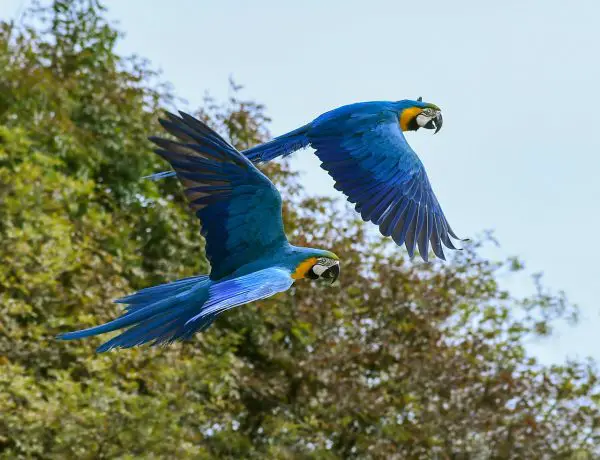
No Comments